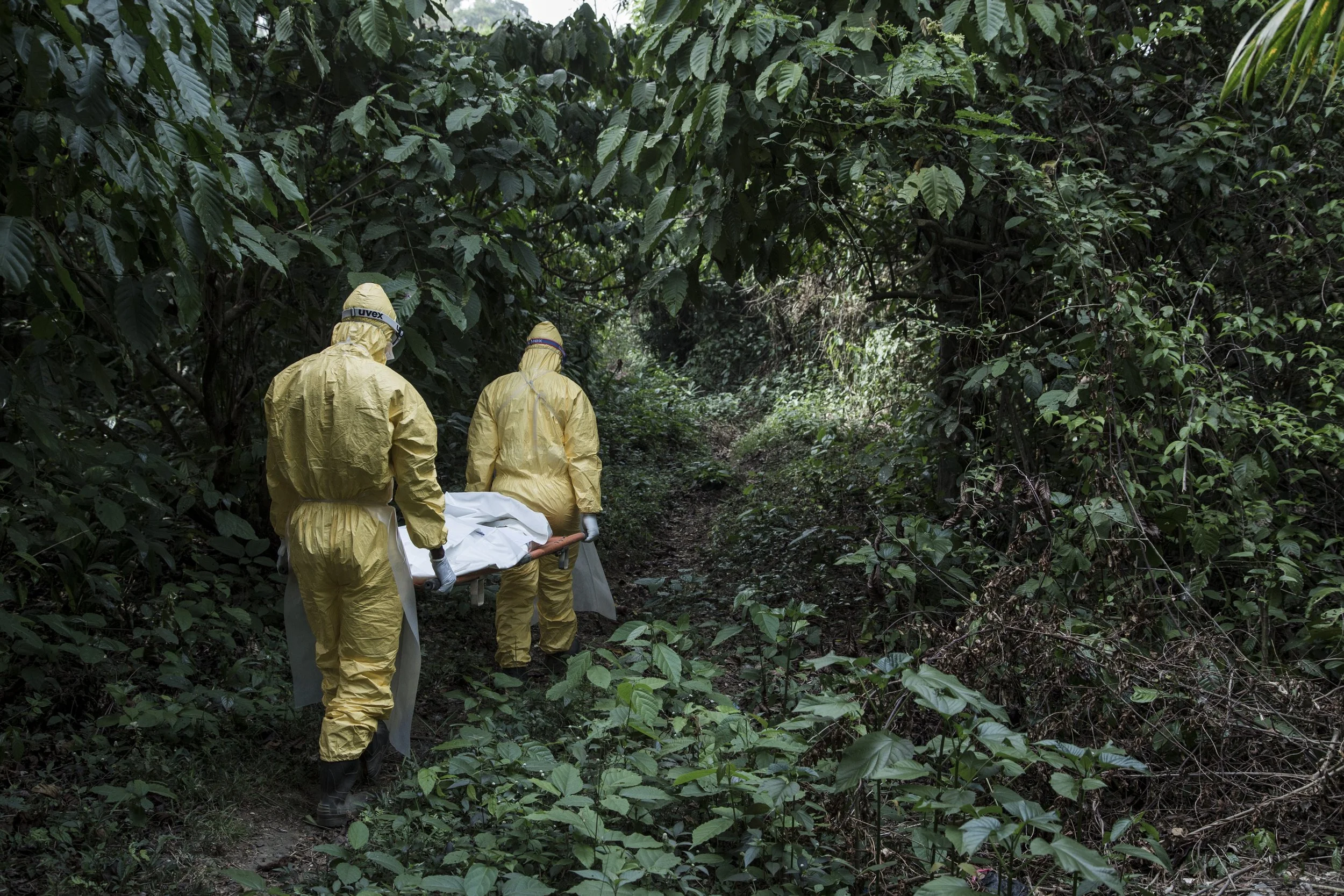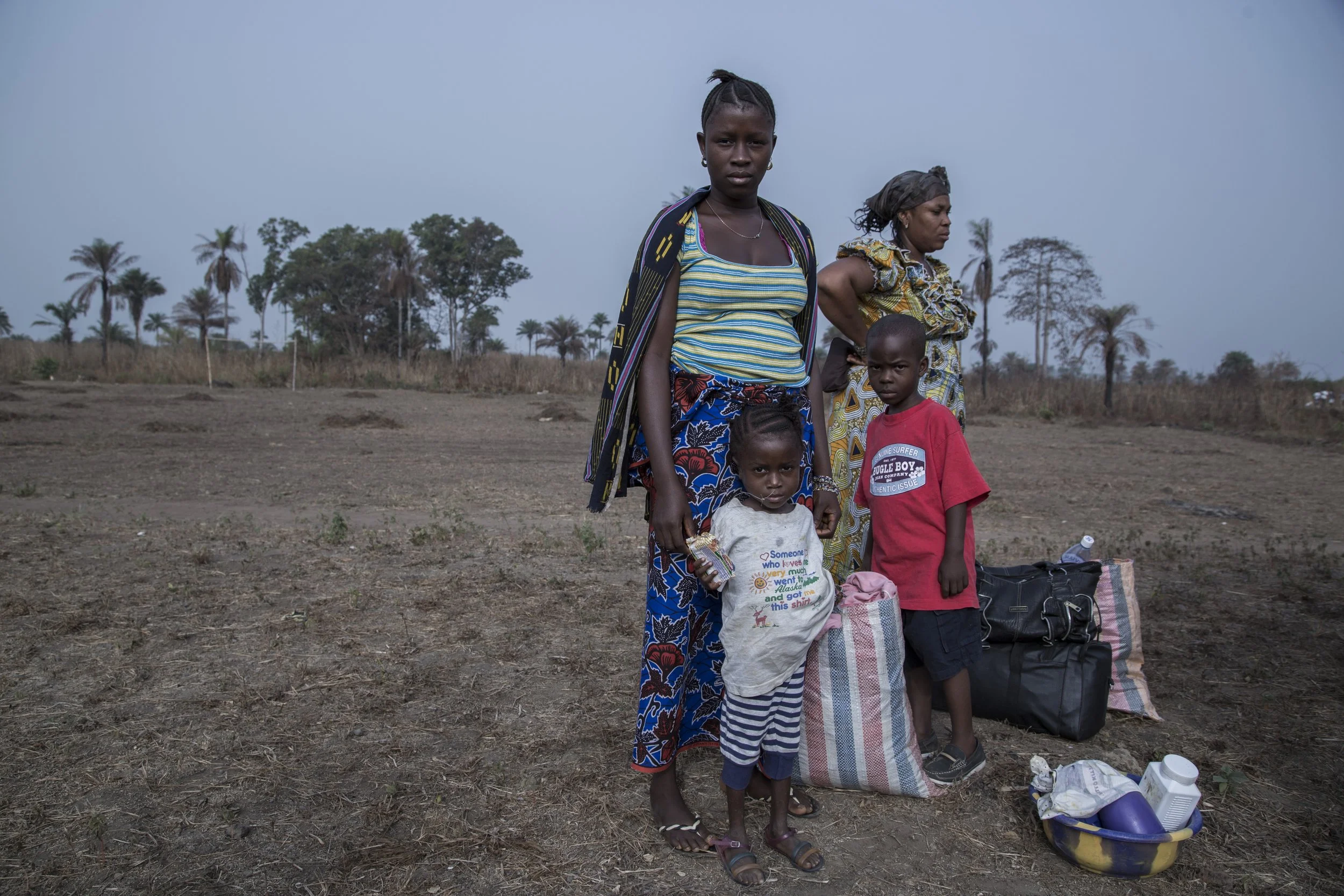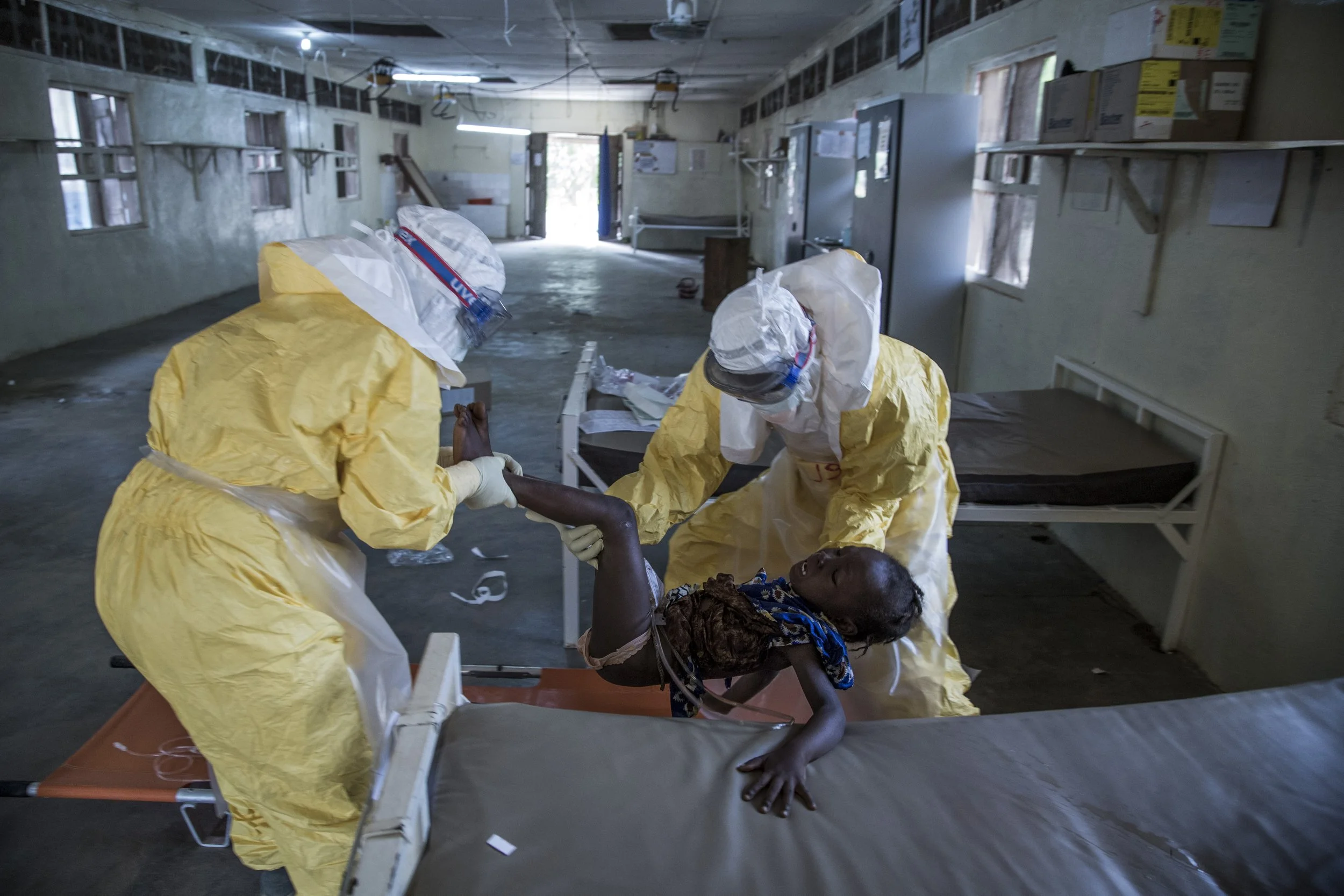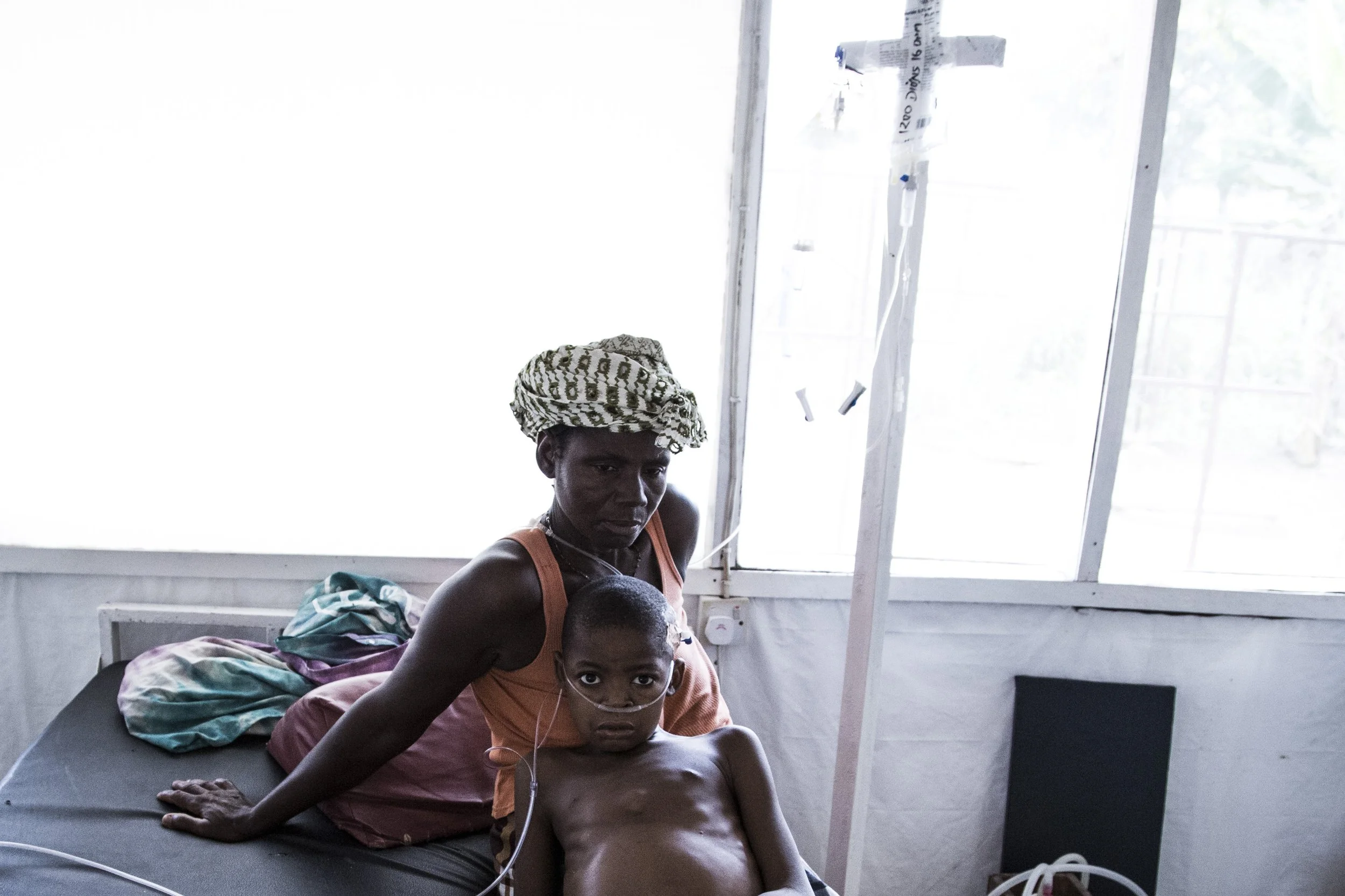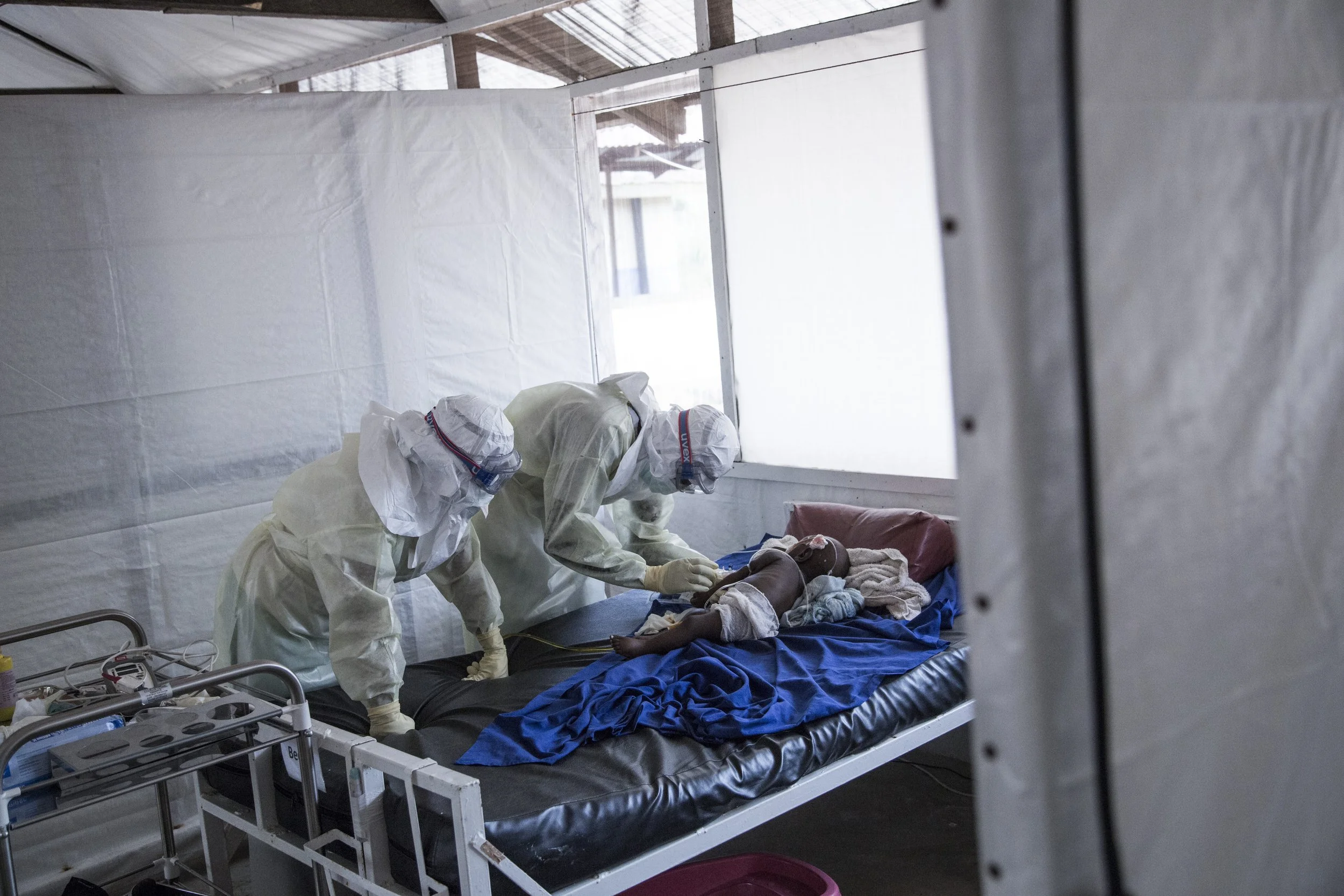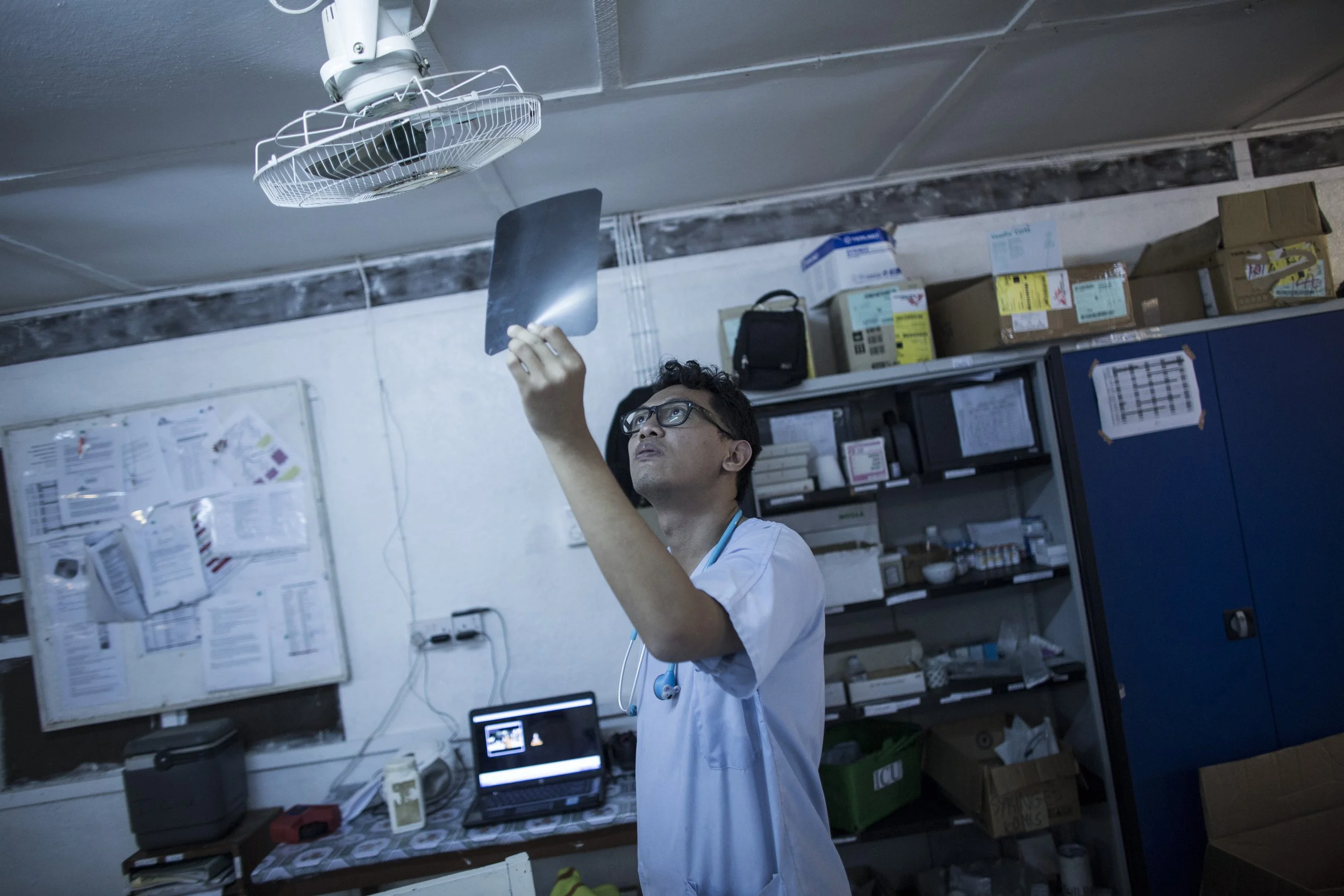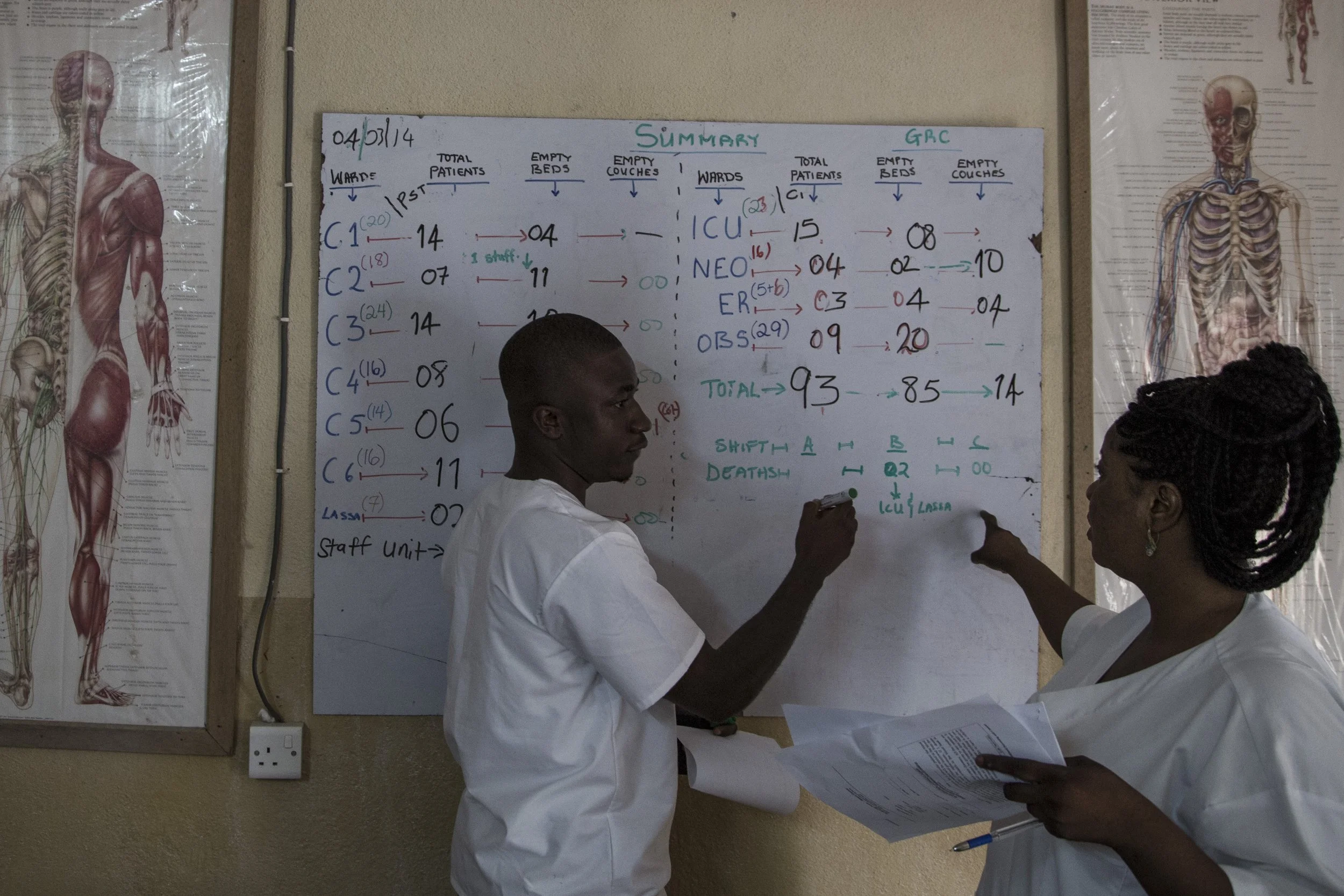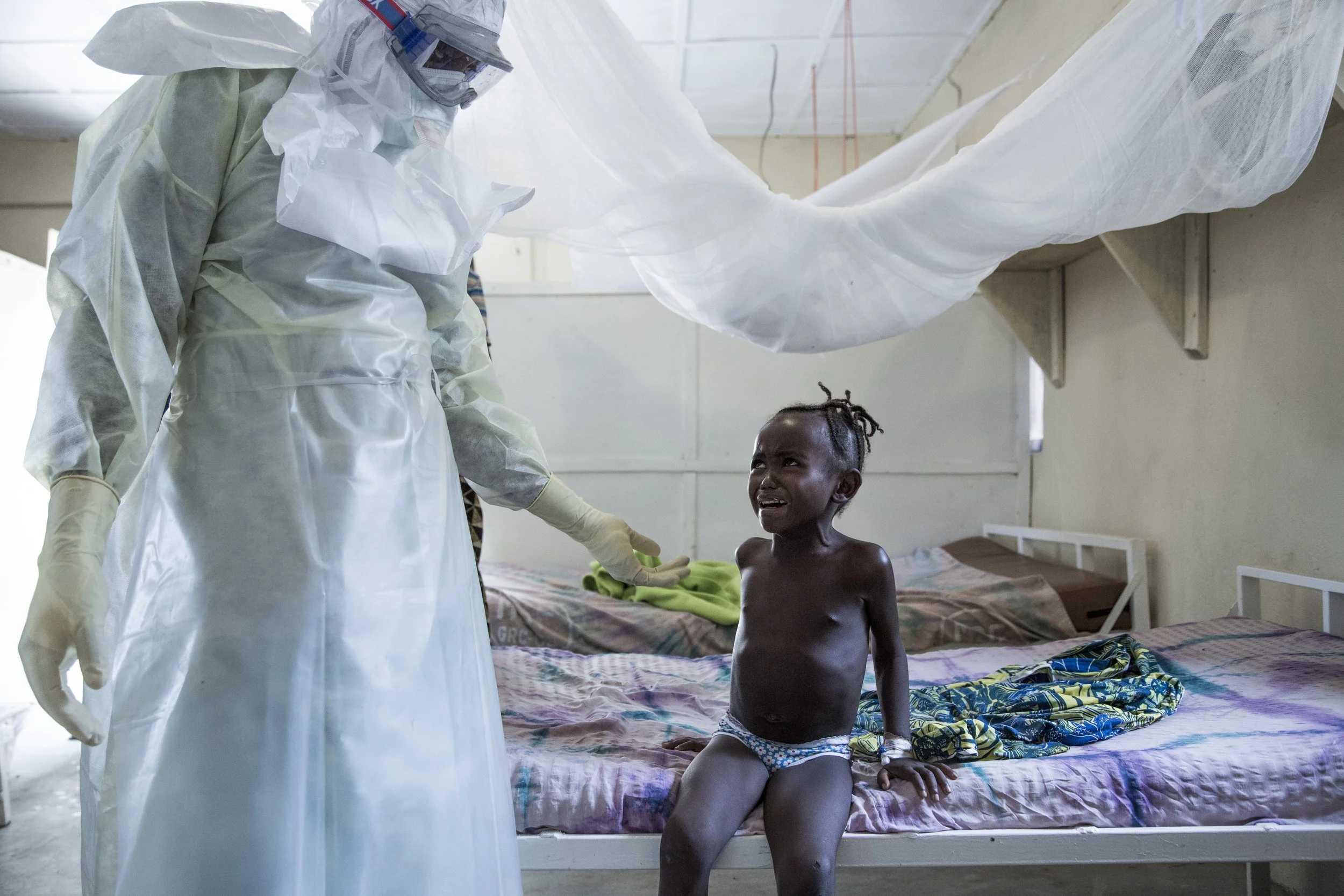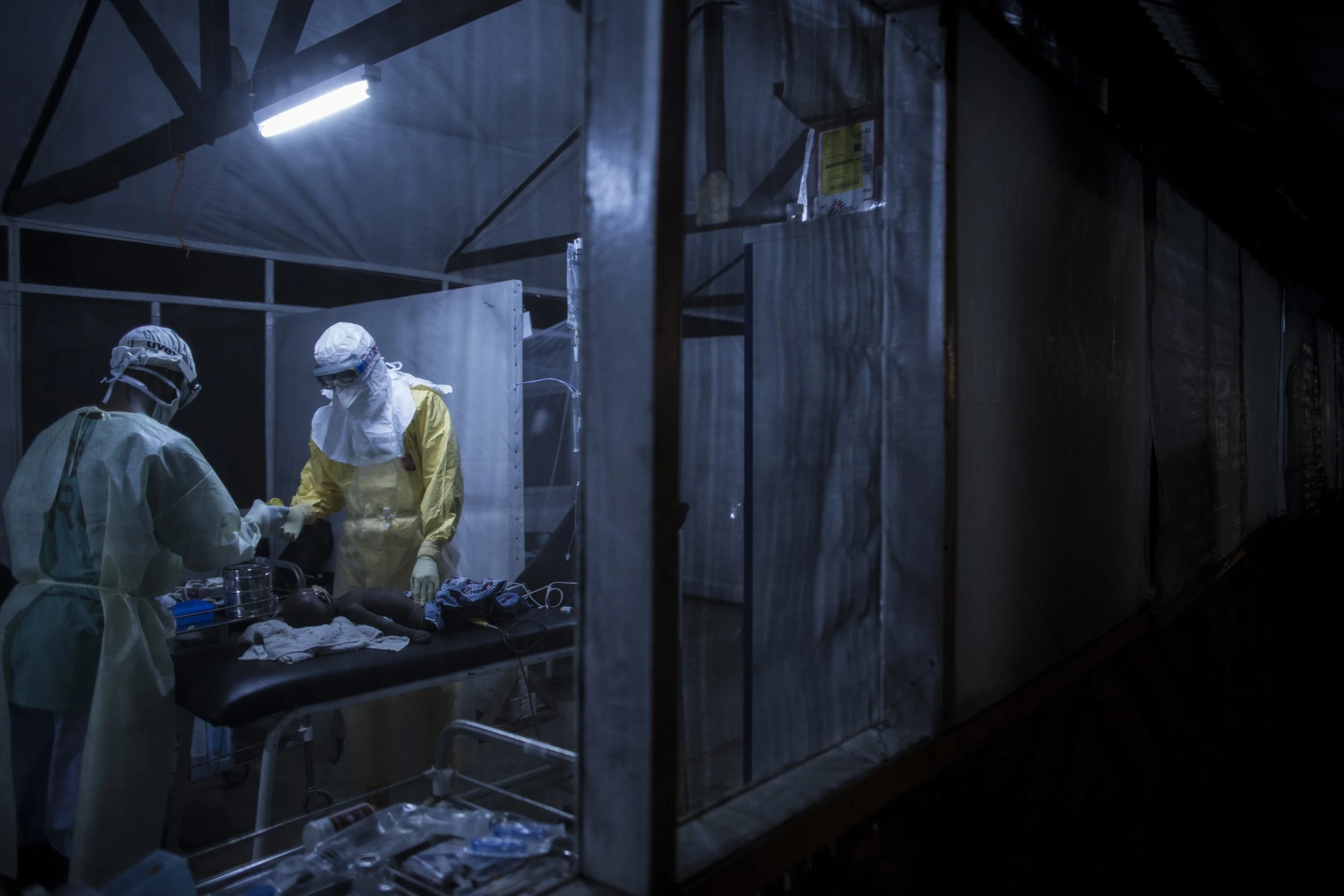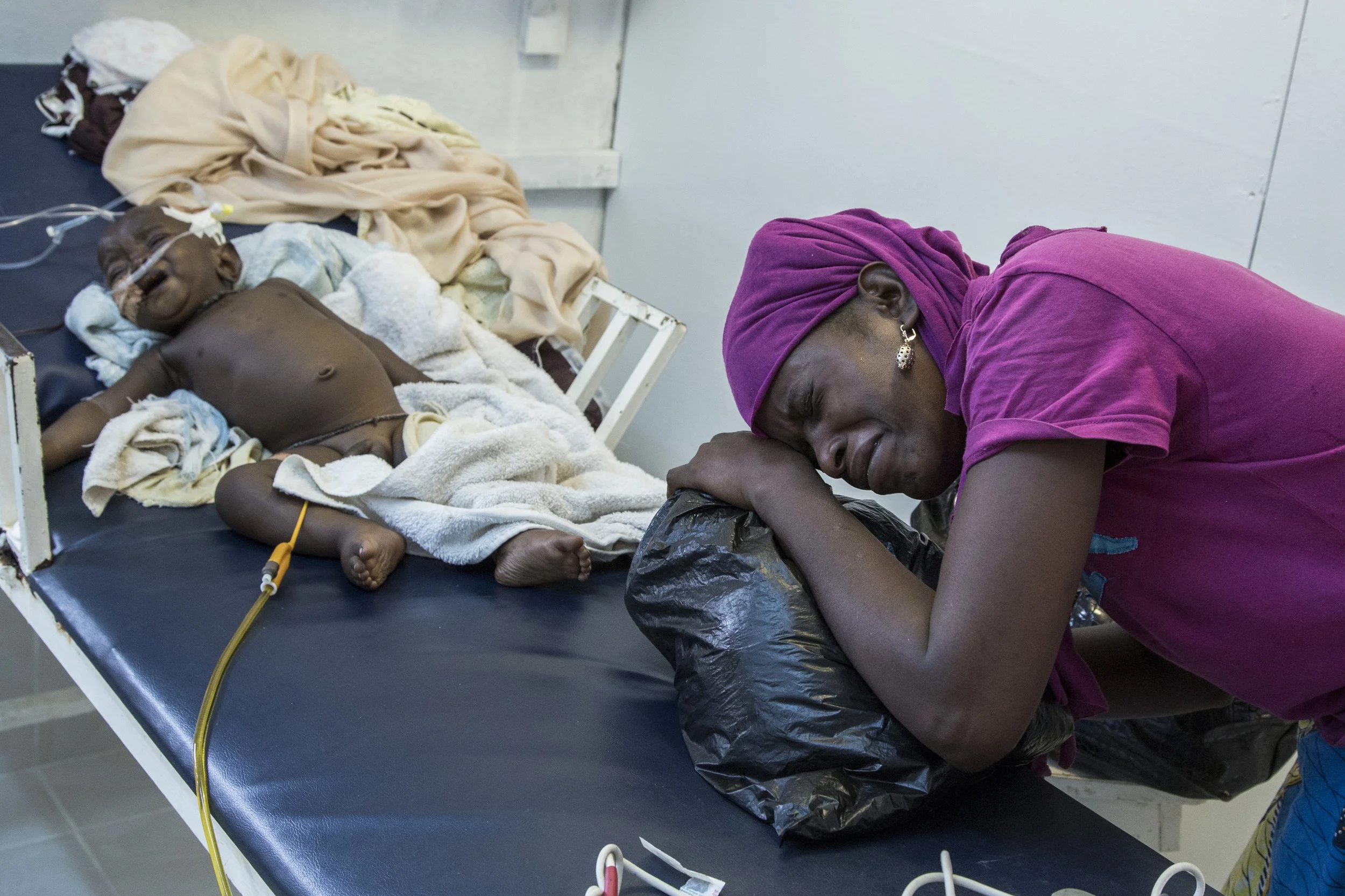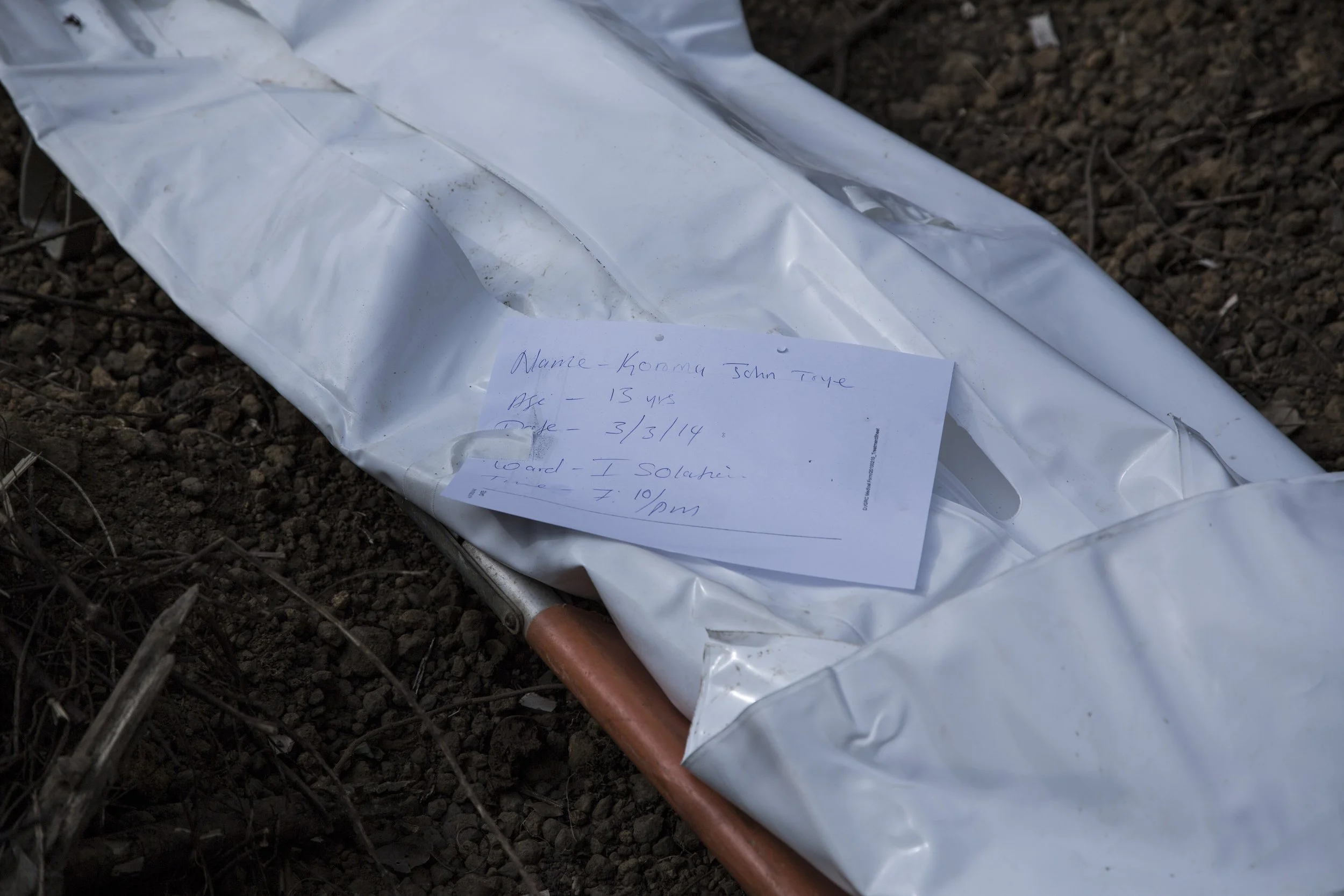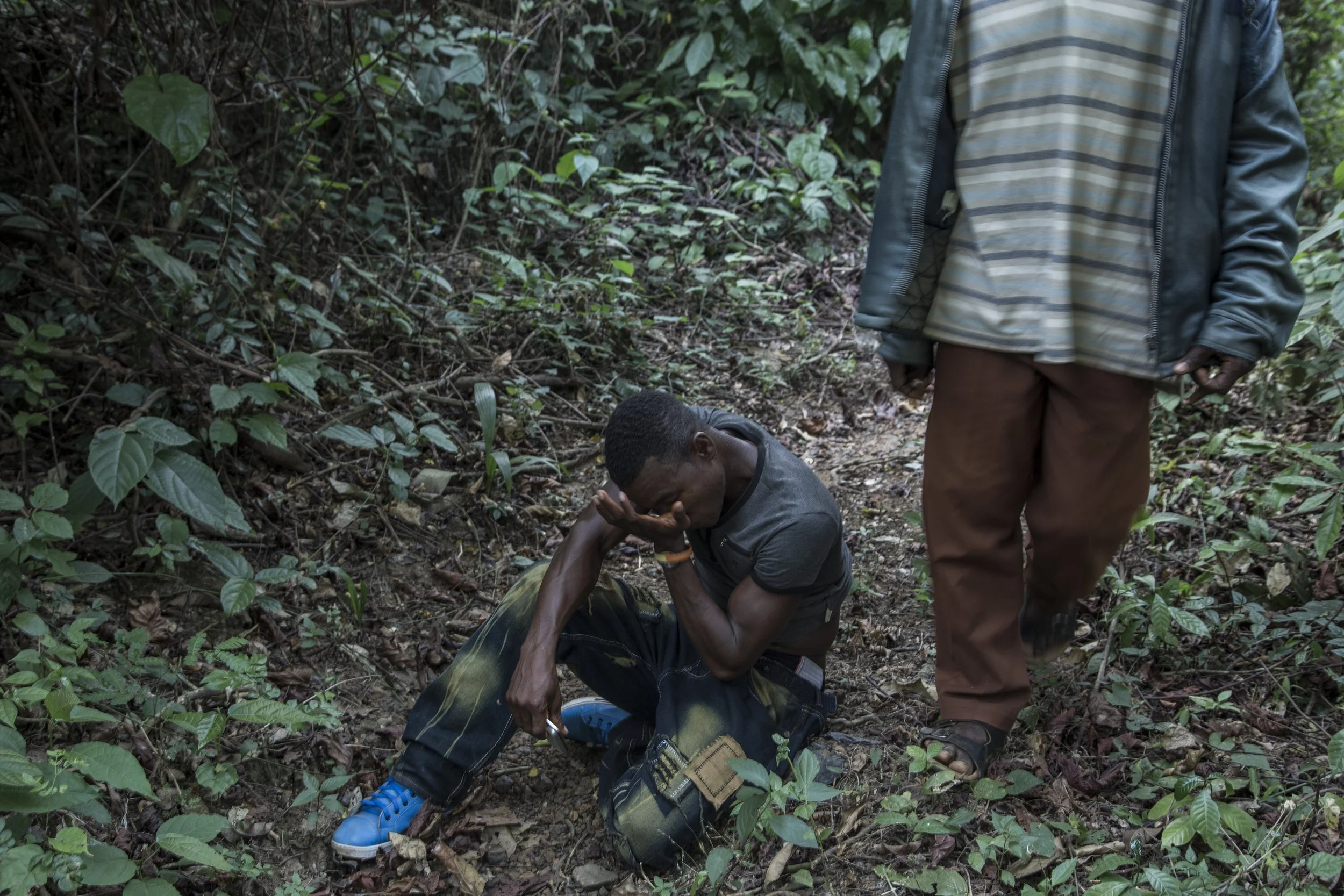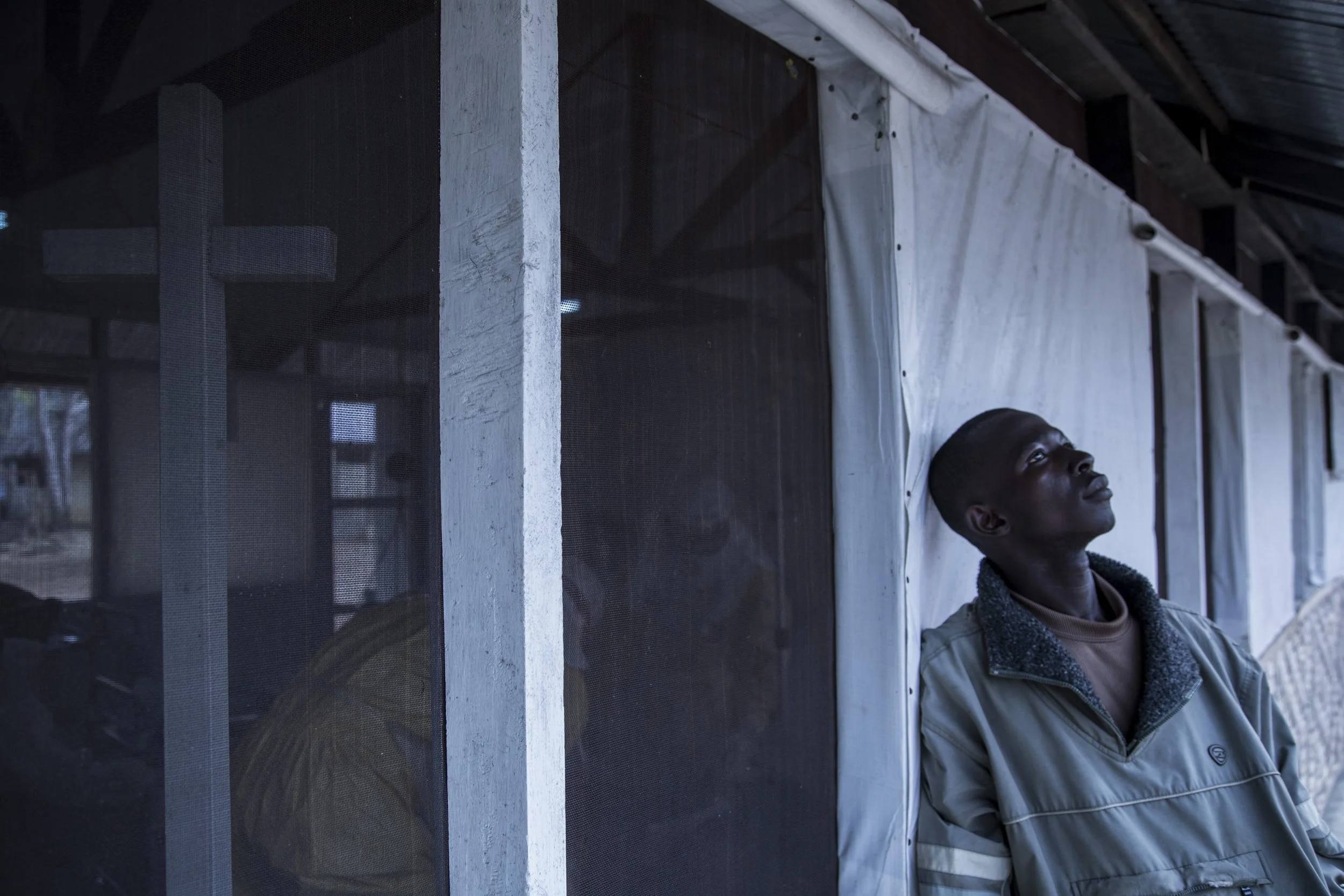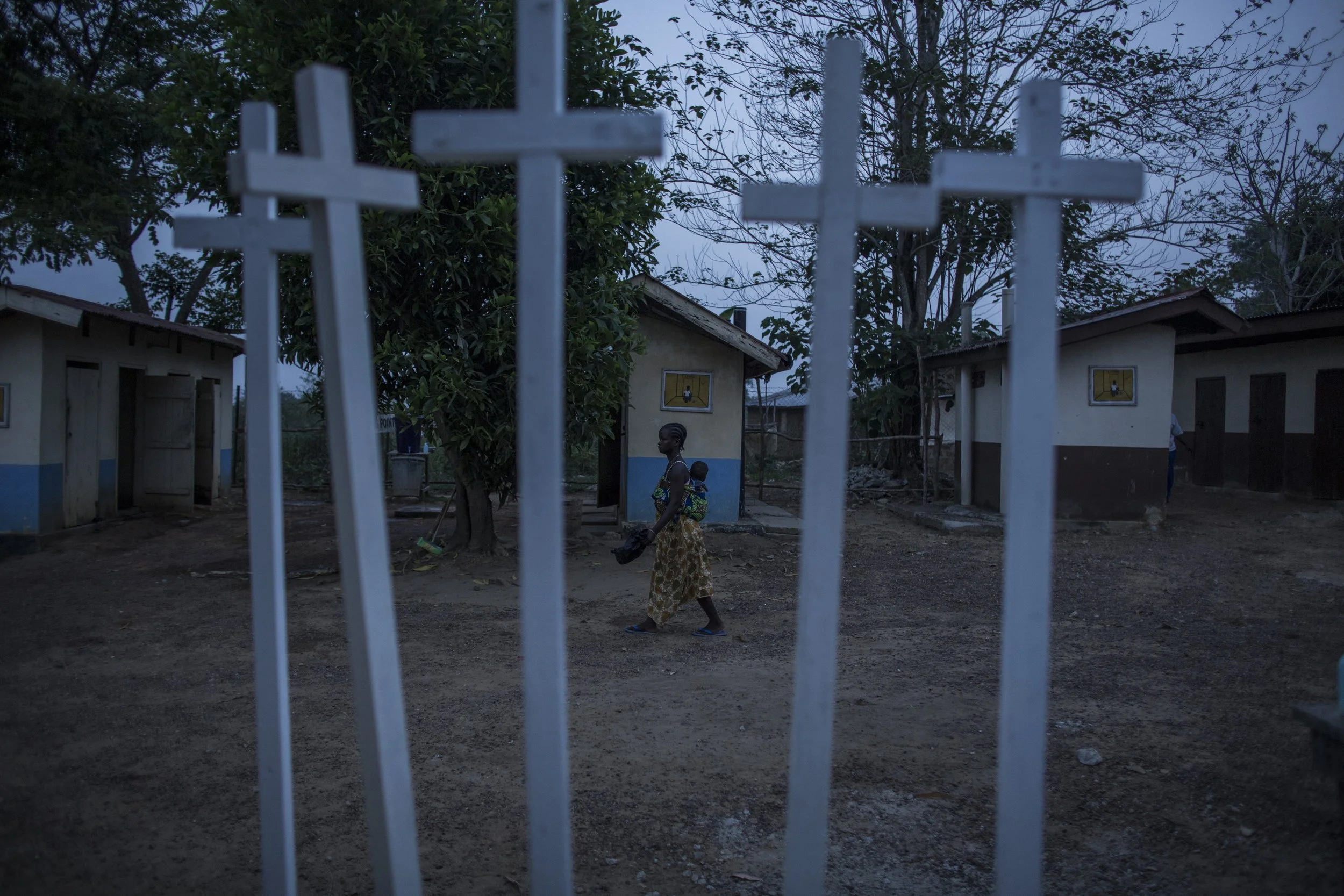Sierra Leone
In the "Gondama Referral Center," a maternity and pediatric hospital in the small West African country of Sierra Leone, there are 220 hospital beds. On the same bed, a 13-year-old boy filmed on the first day died that same night. The 2-year-old boy filmed on the second day also died that evening. The girl filmed on the third day was transferred to another hospital, and the nurse estimated she wouldn’t make it back alive.
Like the Ebola virus, Lassa fever is an acute viral hemorrhagic illness. The virus's host is the multimammate rat, which is active in Africa. Rats carrying the Lassa virus spread it through their urine and feces. Humans can become infected through direct contact with these excretions, consumption of contaminated food, or contact between infected material and open wounds. Inhalation of airborne particles from rat urine or feces can also lead to infection. The virus can also spread from person to person through bodily fluids.
The incubation period of Lassa fever is 6 to 21 days. Early symptoms are similar to those of typhoid and malaria, including fever, vomiting, and diarrhea. Some infected individuals also show signs such as sore throat and white patches on the tonsils. According to data from the U.S. Centers for Disease Control and Prevention (CDC), there are between 100,000 and 300,000 new cases of Lassa fever worldwide each year, resulting in 5,000 deaths. In certain regions of Sierra Leone, about 10% to 16% of hospitalized patients are infected with Lassa fever, making it one of the region’s major endemic diseases.
